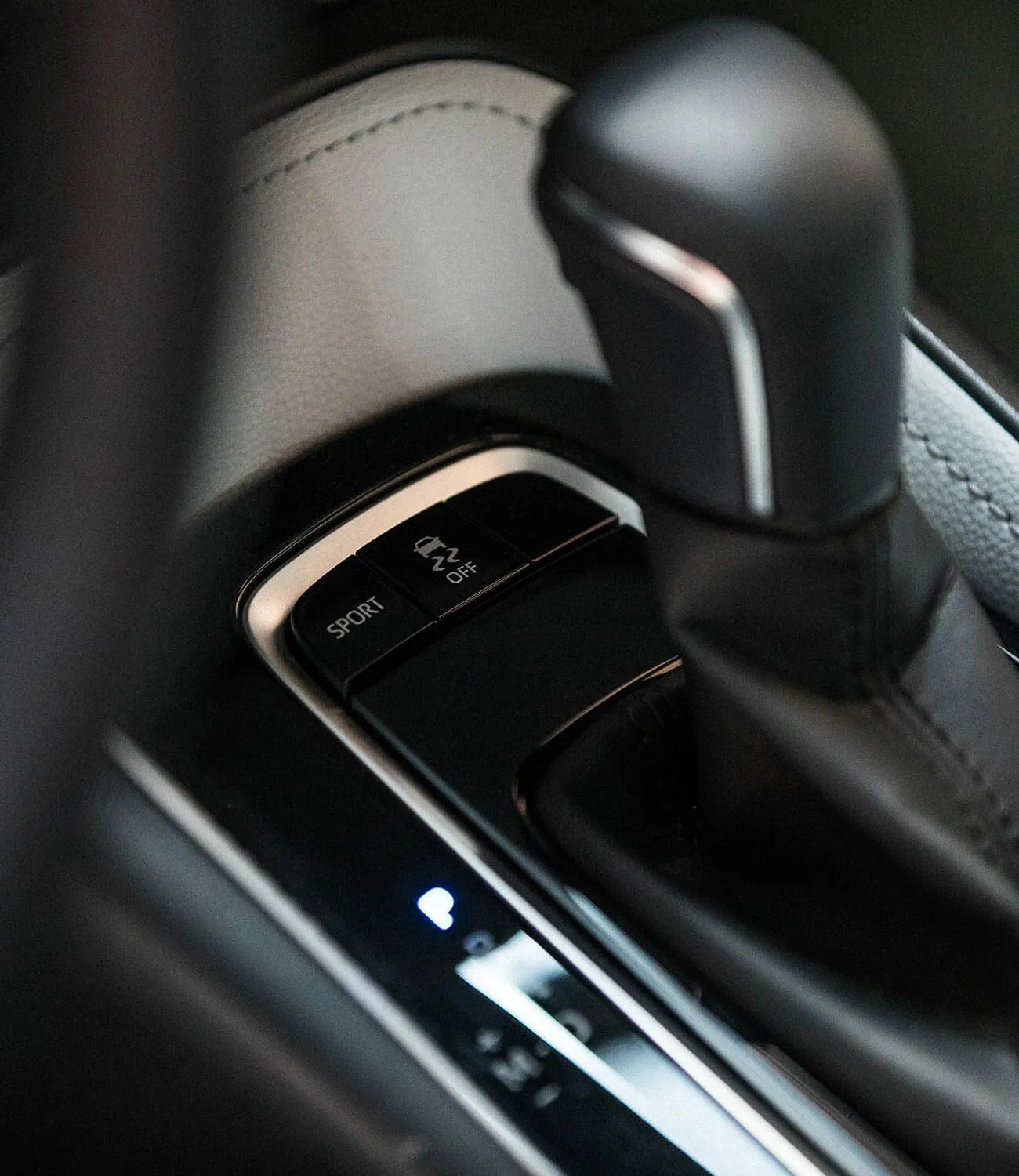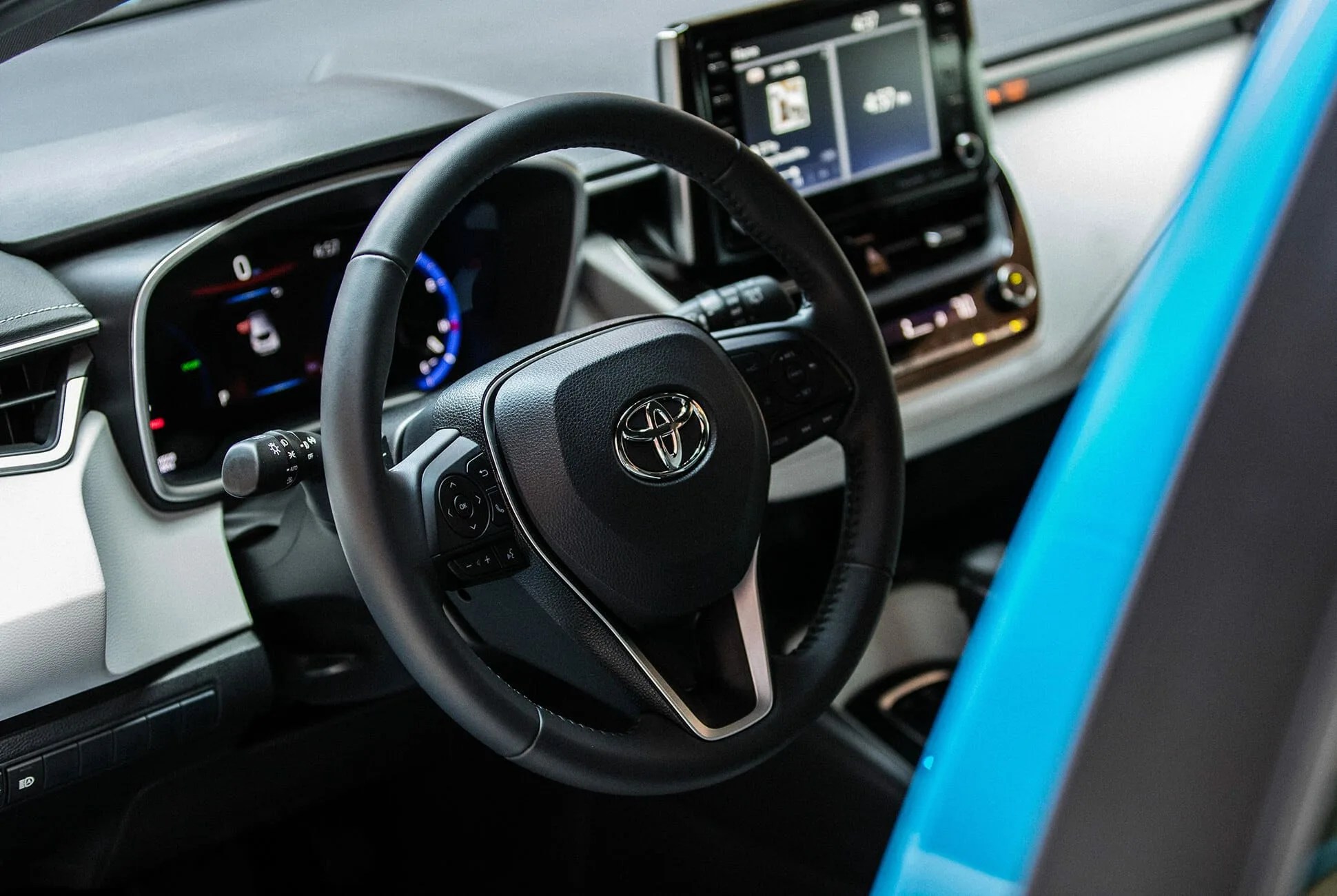The continuously variable transmission, or CVT, is one of the biggest points of contention in the modern automotive world. On the one hand, you have the car manufacturers who love the simple, lightweight nature of the CVT — not to mention the better fuel efficiency it can provide over cars and trucks fitted with standard automatic transmissions. On the other hand, you have performance-minded consumers who will never accept the CVT and hate it with a burning passion.
While both parties’ arguments have their merits, the CVT is, without a doubt, here to stay — and may turn out to be the transmission of choice in the future.
To understand why the CVT is hated as much as it’s loved, it helps to know how it works. The most common setup used in cars today is a belt-and-pulley system — specifically, a belt running around two pulleys. The pulleys expand and contract, to allow the belt to move towards and away from their centers. This effectively gives the CVT an infinite number of gear ratios (within the parameters of the pulleys), taking the place of physical gears and fixed gear ratios. The result, in theory: an engine that always stays at the optimal speed for the task at hand, be it maximum power for acceleration or low power for cruising.
Now, this should excite the performance community. An engine which stays in the powerband when you need it, then reverts to a high, fuel-saving ratio for light-load cruising? Sounds great, right?
Indeed, if optimized for the task, a CVT can be a nearly-perfect performance transmission. Back in 1993, the Williams Formula 1 team tested a CVT in the FW15C; the technology was banned before the season even started, because it was too good at its job. The CVT removed shifting duties entirely, and, with the help of the onboard computers, always kept the engine speed exactly where it was needed.

One unhappy result of the CVT’s operation, since it always stays at an optimal engine speed while accelerating and decelerating, and without defined gear changes, is a dull, lethargic sound. To give a CVT some semblance of traditional control — and to try and eliminate the characteristic drone — many manufacturers have added a “manual mode,” which allows drivers to select defined gear ratios using steering wheel paddles or shift buttons.

